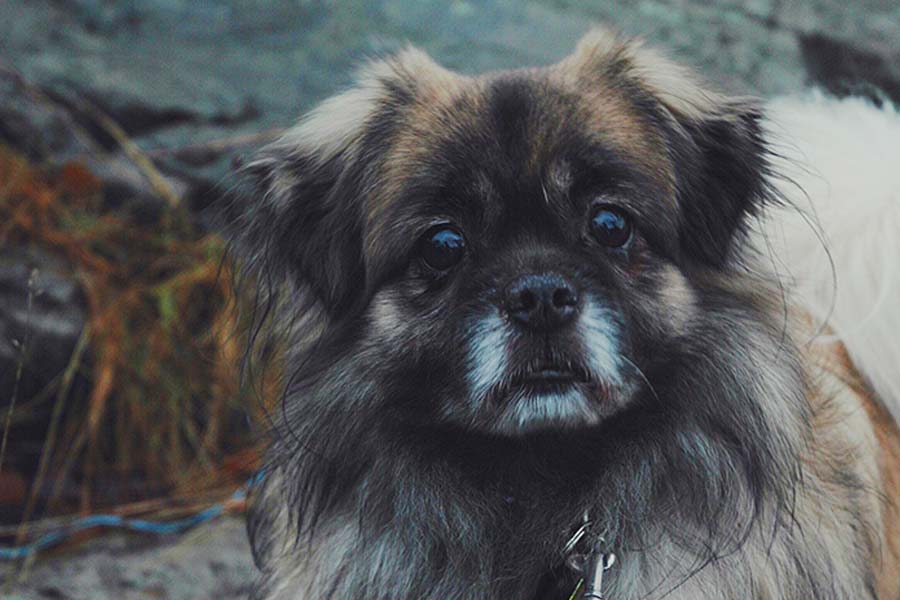Cloudy Eyes in Dogs Eye Health Series – Part 2

Cloudy eyes in dogs can be due to a number of problems. The most common parts of the eye to be cloudy are the cornea, lens and anterior chamber. The cornea is the outer clear part of the eye that you put your contact lens on. The lens is the part of the eye that allows it to focus images. The anterior chamber is the space between the cornea and the lens.
corneal disease causing cloudy eyes in dogs
- Corneal Abrasion or Ulceration – This is caused by damage to the cornea often by plants when running through bushes. The scratched cornea reacts with inflammation that causes cloudiness to the affected area. Significant ulceration of the cornea can lead to a permanent scar and cloudiness in that area of the dog’s eye.
- Corneal Precipitates, Pigmentation or Dystrophy – Some dogs are genetically predisposed to developing corneal precipitates of fat, pigmentation or dystrophy (degeneration). Other dogs will have another disease affecting the amount of fat in the blood. This will cause the whole eye to look like a milky marble. Corneal precipitates can be seen as faint white rings or densities within the cornea. They are usually found in the centre of the cornea. Pigmentation will cause the cornea to have a brownish colour to the cornea.
- Keratoconjunctivitis Sicca (Dry Eye) – This is a decrease in tear production. This will cause the eye to look dull and lustreless. This is due to an immune mediated disease that damages the glands that makes tears for the eyes.
disease of the lens causing cloudy eyes in dogs
- Cataracts – Dogs get cataracts too! Cataracts in dogs will vary from pinpoint changes to affecting the whole cornea. Cataracts can be caused by injury, genetic of metabolic disease such as diabetes. In dogs with diabetes, the cataract can develop rapidly, causing the dog to become suddenly blind. Cataracts can also lead to glaucoma, which can result in loss of the eye if not controlled.
- Nuclear Sclerosis – This is a normal age-related change to the lens of the eye in dogs. It is usually seen in dogs 7 years or older. This does not cause blindness, but the eye will appear cloudy, hazy or “bluish” when light shines on it.
diseases of the anterior chamber causing cloudy eyes in dogs
- Glaucoma – This is an increase in the pressure of the eye. It can be due to infection, injury, cancer or genetics. This is painful and can cause blindness and loss of the eye if not treated. Even with treatment, outcomes can be poor and require removal of the eye.
- Anterior Uveitis – This is an inflammation of the structures at the front of the eye. There are many possible causes. This can result in white blood cells filling the area between the cornea and the lens, making the dog’s eye look cloudy.
testing for dogs with cloudy eyes
Dogs with cloudy eyes should have tests for scratches on the cornea (fluorescein stain), tear production (Schirmer’s tear test), and intraocular pressure (tonometry) as a baseline. These basiccanine testsmay reveal the problem, but further testing like blood analysis may be required.
treatment for conjunctivitis in dogs
A dog with cloudy eyes usually requires treatment, however the extent of that treatment will vary from eye drops all the way tosurgery,depending on the problem. Do not delay in taking your dog in to your veterinarian when your dog develops cloudy eyes. Serious disease can develop quickly and can result in loss of the eye if untreated.
If you think your dog has a cloudy eye or eyes, you shouldcall your veterinarianimmediately.
Yours in health,
Dr. Kent Morley